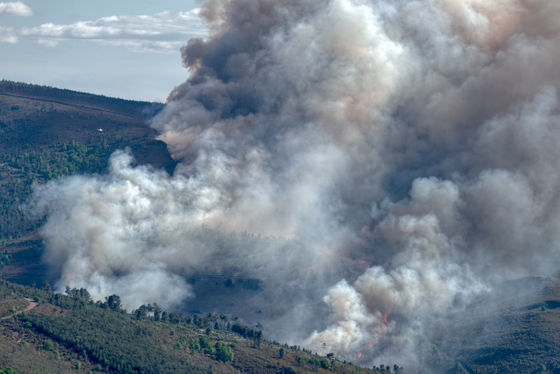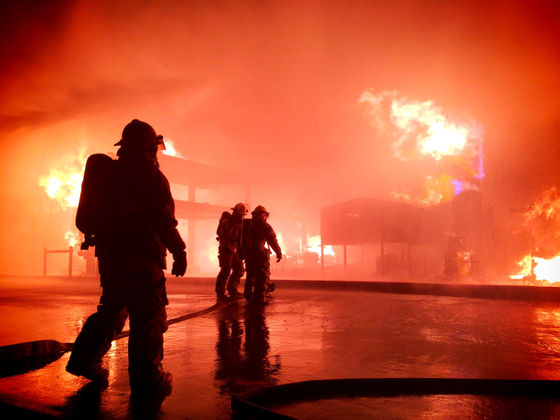Pointed out that wildfire smoke carries pathogenic bacteria

In Australia, a total of more than
Wildfire smoke, a potential infectious agent | Science
https://science.sciencemag.org/content/370/6523/1408
Wildfire smoke can carry microbes that cause infectious diseases
https://phys.org/news/2020-12-wildfire-microbes-infectious-diseases.html
Wildfire smoke changes dramatically as it ages, and that matters for downwind air quality – here's what we learned flying through smoke plumes
https://theconversation.com/wildfire-smoke-changes-dramatically-as-it-ages-and-that-matters-for-downwind-air-quality-heres-what-we-learned-flying-through-smoke- plumes-151671
According to Leda Kobziar, a fire ecologist at the University of Idaho, and George Thompson, a doctor of medicine at the University of California, Davis, the smoke generated by a fire contains a large number of pathogenic fungi and bacteria. Most of them are alive.
Of course, the high temperature of the fire kills some of the microorganisms, but the heat energy that the fire releases into the space is non-uniform, so it is quite possible that the microorganisms will be mixed into the aerosol generated by the fire while still alive. Kobziar and colleagues point out. In addition, some microorganisms that live in the soil are resistant to high temperatures, and particles of smoke and water vapor generated by the fire block ultraviolet rays and become a living space for microorganisms, which causes pathogenicity. Microorganisms are said to continue to survive in bioaerosols.

Specifically, it has been suggested that a fungus called Coccidioides immitis that inhabits the soil may be released into the atmosphere by smoke generated by a fire and cause coccidioides immosis, which is a type of respiratory infection. .. Coccidioidomycosis, also known as 'valley fever,' is endemic in the western United States, including California, and is known to be consistent with forest fire-prone areas.
'Although the direct health effects of inhaling wildfire smoke have been extensively studied, there is poor awareness of the microorganisms in the smoke and little monitoring of these risks,' said Kobziar. '.
In a paper summarizing the effects of these bioaerosols, Kobziar and colleagues said, 'To explore the complex relationships between smoke and microbes and health, fire ecology, environmental microbiology, epidemiology, atmospheric science, and the public. Expertise in a wide range of fields such as public health and infectious disease science is required. In recent years, the period of mountain fires has been prolonged and the fires are intensifying, so it is urgent to work together with many experts. I have, ”he said, calling for an interdisciplinary approach.

Meanwhile, a study by Brett Palm and colleagues, an atmospheric chemist at the University of Washington, found that the chemical toxicity of smoke could become stronger, rather than weakened, as the smoke from forest fires was swept away by the wind. It was located.
Palm and colleagues, who are investigating the effects of wildfire smoke, used a special plane equipped with smoke-analyzing equipment to track the smoke from a fire in the western United States. Below is the route of the plane that Palm and others flew in the 2018 survey, with the red line showing that the plane crossed directly into the smoke of the fire.

by Brett Palm / University of Washington
The study found that the smoke particles from the fire reacted with sunlight and atmospheric gases, causing chemical changes. According to Palm, this indicates 'possibly increasing toxicity as wildfire smoke deteriorates.'
Palm and colleagues plan to conduct further research on the scale of smoke generated by the fire and its impact on the human body.
Related Posts:
in Science, Posted by log1l_ks







